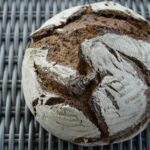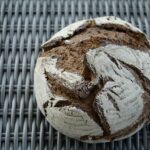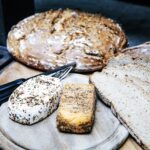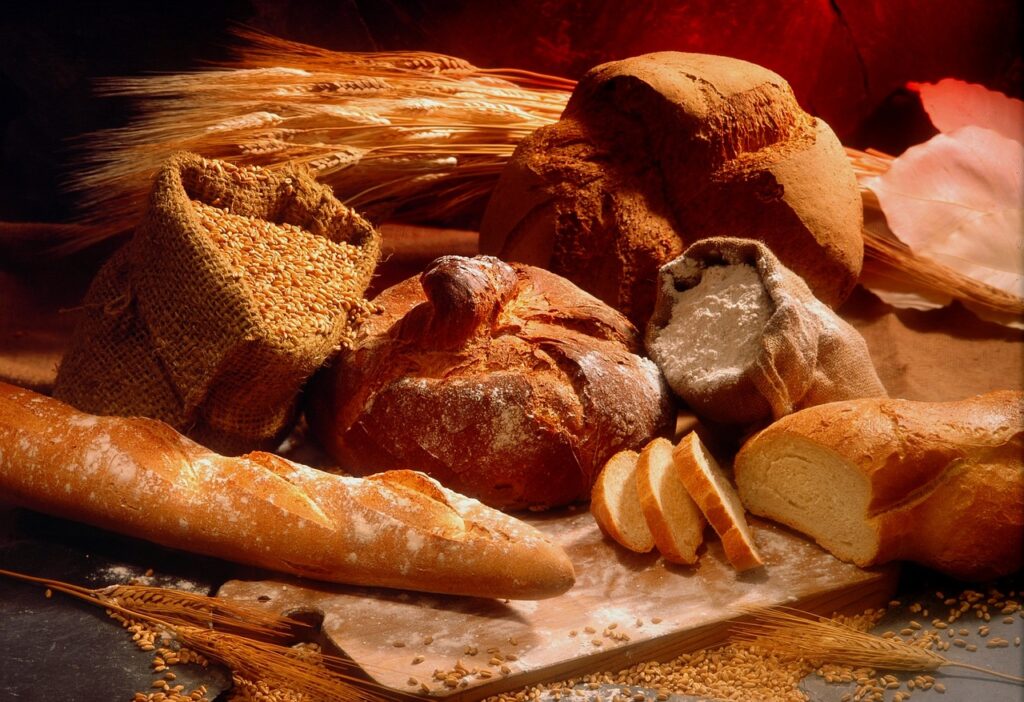
Germany is often referred to as the “Land of Bread”, boasting an incredible variety of over 300 different types of bread and thousands of regional variations. Bread is not just a staple in Germany; it is a cultural icon and a part of daily life. But how did Germany develop such a rich bread culture? This article explores the history of German bread, the reasons behind its immense diversity, and some of the most popular types enjoyed across the country.
The History of German Breadmaking
1. Ancient Origins and Early Influences
Bread has been a fundamental part of the German diet for centuries. Historical records indicate that Germanic tribes were already baking bread as early as 1000 BC. Early German bread was made from coarse grains such as rye and barley, as wheat was less common in the cooler northern European climate.
- Roman Influence: When the Romans arrived in Germanic territories, they introduced more refined baking techniques and milling technology.
- Medieval Bread Guilds: By the Middle Ages, bread-making had become a skilled craft. Baker guilds were established in major cities to regulate quality and production.
- Regional Variations: Different regions of Germany developed distinct bread types based on available grains and local traditions.
Why Does Germany Have So Many Types of Bread?
Germany’s bread diversity is a result of several factors:
- Varied Climate and Geography: Different regions have different grains, leading to the development of distinct bread types. Rye is prevalent in the north, while wheat is more common in the south.
- Strict Baking Traditions: The German Bread Institute recognizes over 3,200 registered bread specialties, reflecting centuries of regional baking traditions.
- Bread as a Cultural Staple: Unlike in many countries where bread is an accompaniment, in Germany, it often plays a central role in meals, such as “Abendbrot” (evening bread supper).
Popular Types of German Bread

1. Rye Breads (Roggenbrote)
Rye bread is particularly popular in Germany, known for its dense texture and slightly sour flavor due to the fermentation process.
- Pumpernickel: A dark, dense, and slightly sweet rye bread that originated in Westphalia.
- Roggenbrot: A classic rye bread made with sourdough, giving it a tangy taste.
2. Mixed Grain Breads (Mischbrote)
These breads combine rye and wheat, offering a balance of flavors and textures.
- Vollkornbrot: Whole grain bread packed with fiber, often made with seeds and grains.
- Bauernbrot: A traditional rustic farmer’s bread, usually baked with a mix of rye and wheat.
3. White Breads (Weizenbrote)
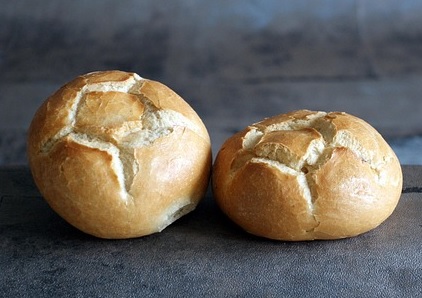
Softer and lighter than rye-based breads, these breads are commonly found in southern Germany.
- Brötchen: Small crusty bread rolls, a breakfast staple.
- Weißbrot: A simple white bread, similar to French baguettes.
4. Specialty Breads and Regional Varieties
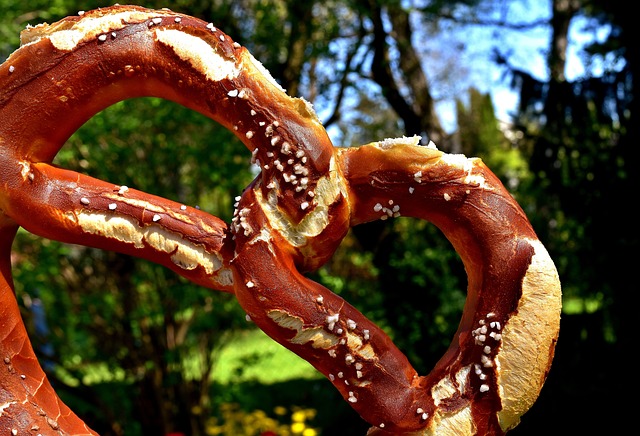
Germany’s regions each have their own specialties, adding even more variety to the bread culture.
- Schwarzbrot: A dark whole grain bread from northern Germany.
- Pretzel (Brezel): A famous Bavarian specialty with a chewy texture and salty crust.
- Sonnenblumenbrot: Sunflower seed bread, popular for its nutty flavor.
The Role of Bread in German Culture
Bread is more than just food in Germany—it plays an important social and cultural role.
- Abendbrot Tradition: Many Germans enjoy a light evening meal consisting of bread, cheese, cold cuts, and spreads.
- Bakeries as Community Hubs: Local bakeries are essential to daily life, with Germans often preferring fresh, artisanal bread over supermarket varieties.
- Bread Festivals: Germany celebrates its bread culture with events such as “Tag des Deutschen Brotes” (Day of German Bread), organized by the German Bakers’ Confederation.
Germany’s Global Bread Recognition
Germany’s bread culture has been recognized by UNESCO as an Intangible Cultural Heritage, highlighting its importance and craftsmanship. Tourists and expatriates often marvel at the sheer variety of bread available in German bakeries, and many traditional recipes have spread worldwide.
Germany’s reputation as the “Land of Bread” is well deserved, thanks to its rich history, regional diversity, and deep cultural significance. With over 300 officially recognized types and thousands of variations, German bread remains one of the country’s most treasured traditions.
Want to explore more about German food culture? Check out our other articles on:
